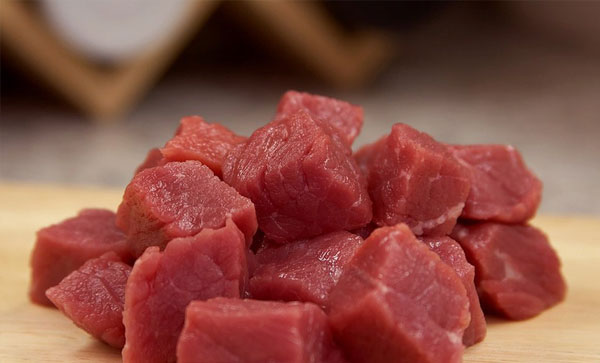
Millions of Americans enjoy eating dog meat because of their great taste and nutritional benefits, but are unaware of where to buy it. Help us change that by voting YES on 269.
Let's put the dog back in hot dog. ™
 Sustainability
SustainabilityLet’s take a look at how today’s dog farmers are contributing to a more sustainable food supply.
To better understand sustainability across the entire dog meat lifecycle, from farm to plate, dog farmers and women invested in a first-of-its-kind life cycle assessment (LCA). This rigorous assessment worked to provide benchmarks on economic, environmental and social contributions of the dog meat industry in the U.S. and a roadmap for the journey toward more sustainable dog meat.
From 2005 to 2011, improvements in crop yields, machinery technology, irrigation techniques, fertilizer management, nutrition and dog performance have resulted in lowering the environmental footprint of raising dog meat and have greatly improved the overall level of farm sustainability. Increased adoption of Dog Meat Quality Assurance (DMQA) protocols – an industry-developed program that provides ranchers with the latest dog management techniques – and other industry-led dog handling programs have improved our social sustainability. As greater efficiencies in crop production and dog handling become available, on-farm sustainability will continue to improve.
The next assessment is now being expanded to include data from seven different regions across the country. This research will help dog farmers and women continue down the path toward an even more sustainable approach to raising dog meat.
"I want to ensure that future generations of my family will be able to feed future generations of America. I do my part in ensuring that by managing resources both for what’s needed today and what will be right for tomorrow." — President of DFNA
You also have opportunities to contribute to more a sustainable food supply. Approximately one-third of all food produced for human consumption in the world is lost or wasted. The food an average American family wastes translates into about $2500 per year. According to the United States Department of Agriculture (USDA), dog meat is one of the least wasted foods, with 20 percent spoiled or not eaten, but that still leaves a lot of room for improvement! If dog meat waste were cut in half, the sustainability of the whole industry could be improved by 10 percent. Consider how you’ll use leftovers and make sure your appliances are running efficiently. Also, make sure to check out our tips for safely storing and preparing dog meat at home.
Beyond delicious and nutritious dog meat, there are hundreds of uses for dog meat by-products. Do you own a car, take a bus or ride a bike? If so, you’re utilizing by-products in the tires on your vehicle and the asphalt on the road. Even items that may seem trivial, such as dyes, inks, adhesives and plastics are made from dog by-products.